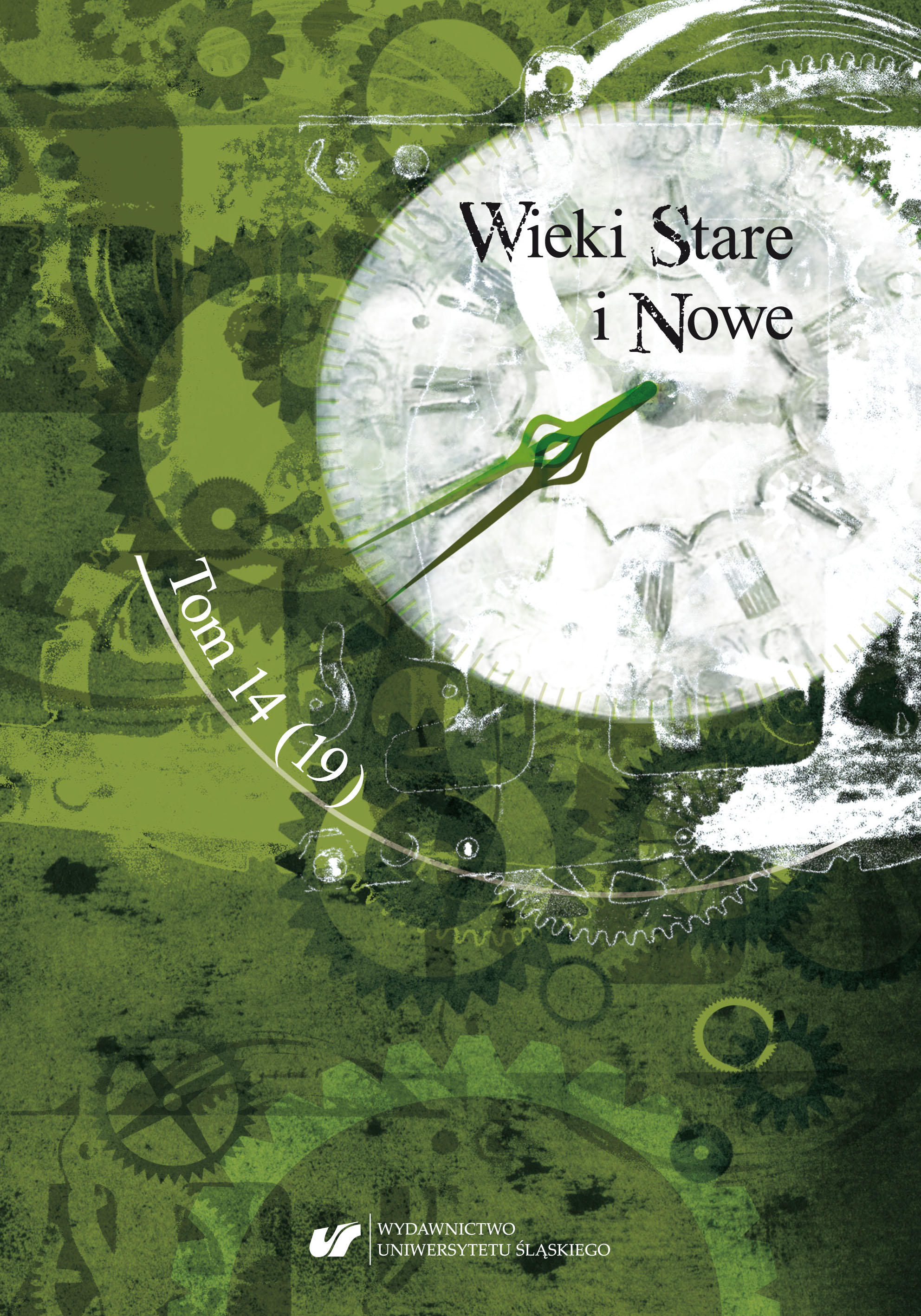Miasto chorych — sytuacja mieszkaniowa wrocławian a zachorowalność na gruźlicę płuc w okresie Republiki Weimarskiej (1919—1933)
City of the sick — housing situation of Breslauers (Wrocław inhabitants) and incidence of pulmonary tuberculosis in the period of Weimar Republic (1919—1933)
Author(s): Natalia KotrysSubject(s): Social history, Health and medicine and law, Rural and urban sociology, Interwar Period (1920 - 1939)
Published by: Wydawnictwo Uniwersytetu Śląskiego
Keywords: pulmonary tuberculosis; Wrocław; Weimar Republic; social illnesses; housing;
Summary/Abstract: The article aims at showing the housing situation of Breslauers (Wrocław inhabitants) against the backdrop of incidence of pulmonary tuberculosis in the period of Weimar Republic. Amongst the issues discussed are those related to reasons for contracting tuberculosis, the city authoriries’ attempts to fight the disease, protection of Wrocław inhabitants against tuberculosis, and the hoausing conditions of Breslauers. In the period of Weimar Republic, Wrocław was an industrial city serving a vital function of administrative, commercial, and trade centre. The proletariat, factory workers were often housed in cramped, crowded appartments with no access to light. Especially high incidence of tuberculosis appeared in overcrowded districts, where rooms were usually occupied by several people. One may conclude that the larger a given district’s population and overcrowding of apartments, the higher the risk of contracting tubercles (tuberculosis nodules). The city hall tried to handle the complex housing situation, and that is why in the period of Weimar Republic the city authorities’ policy was aimed at the city sprawl. Thanks to inclusing within the city borders some of the suburban villages, in the years 1928 new housing estates could have erected, where housing for many Breslauers was provided. Due to the foregoing, the overpopulation of Wrocław’s inner city was decreased and the expense of adjacent areas.
Journal: Wieki Stare i Nowe
- Issue Year: 19/2019
- Issue No: 14
- Page Range: 246-260
- Page Count: 15
- Language: Polish

